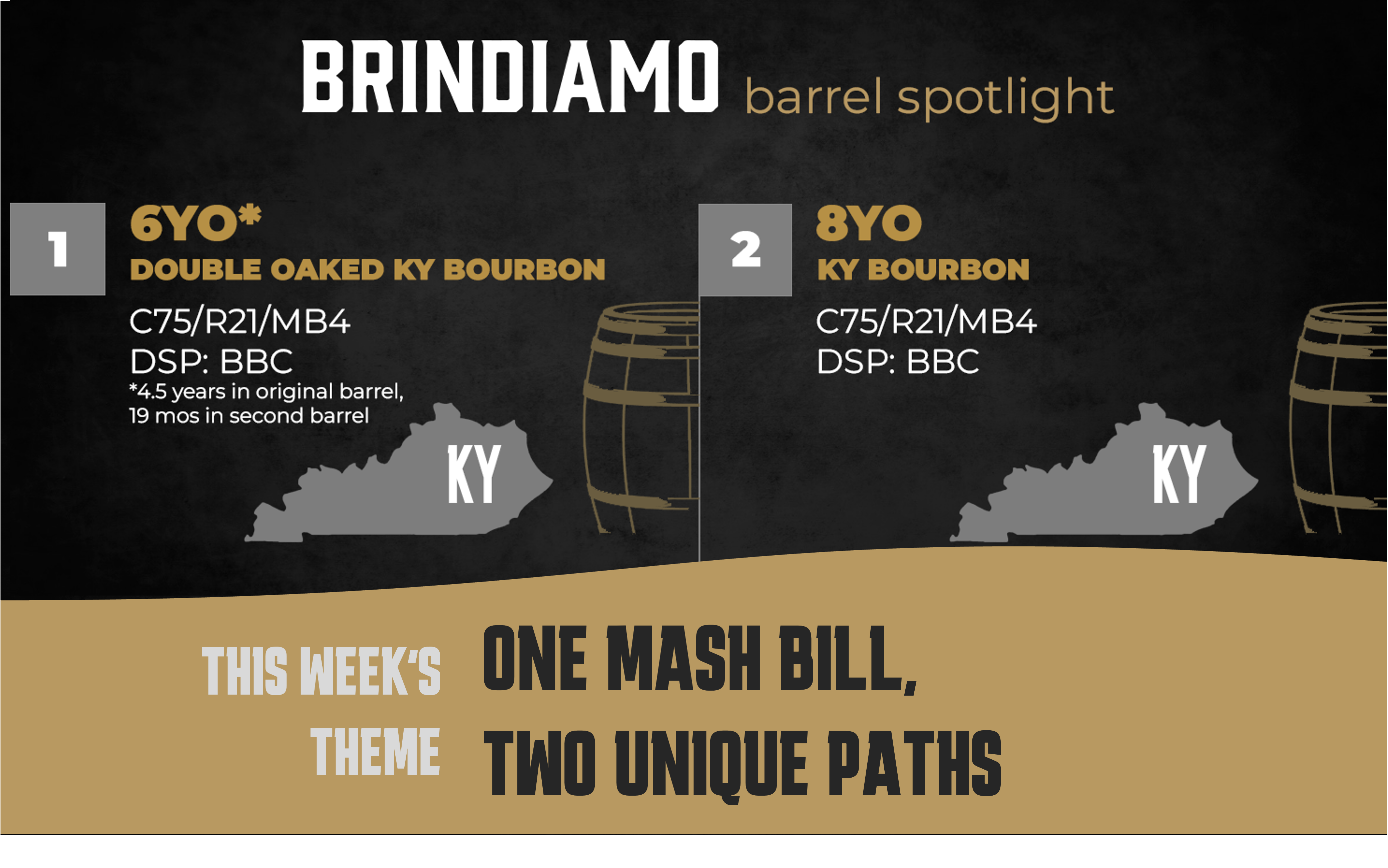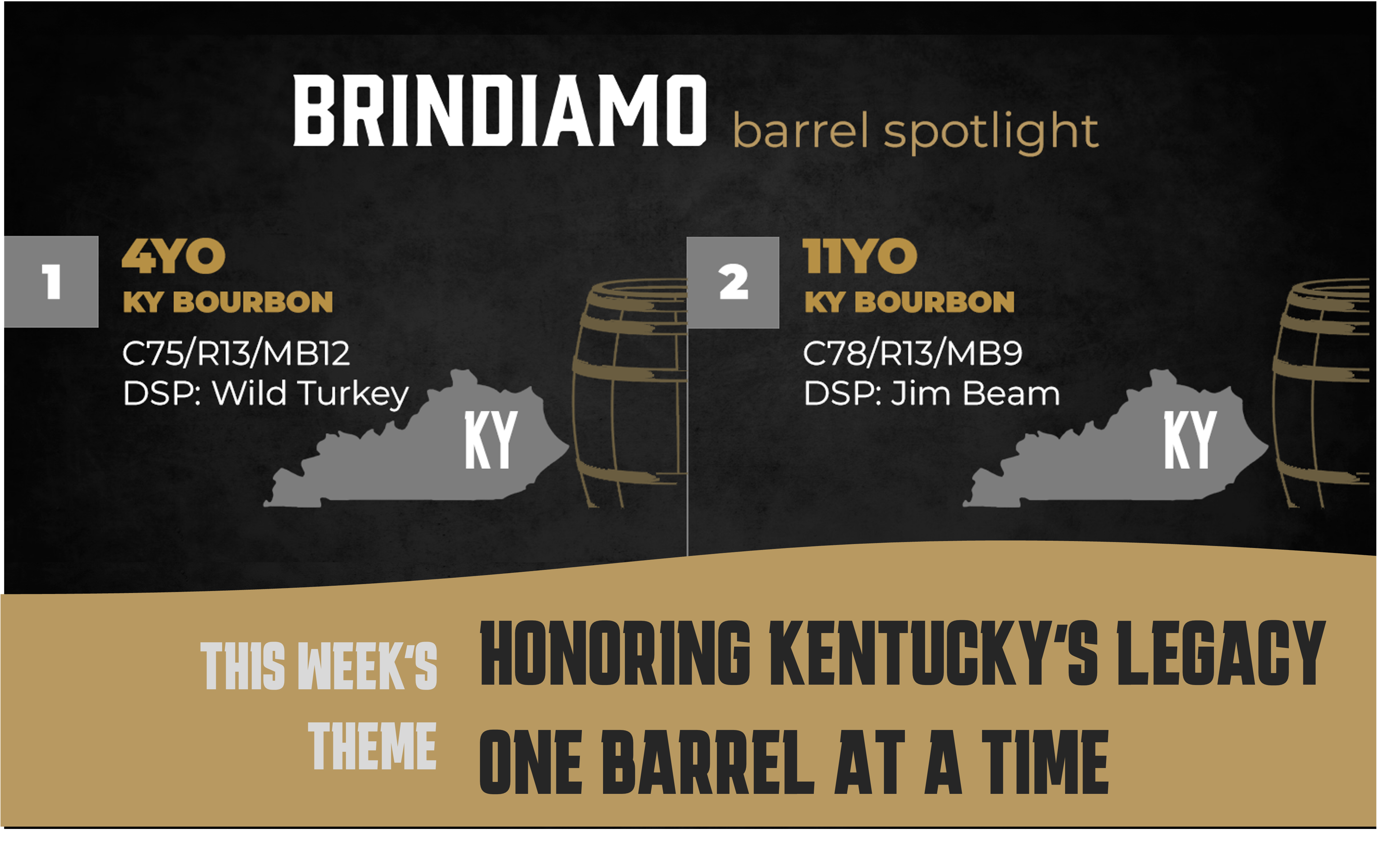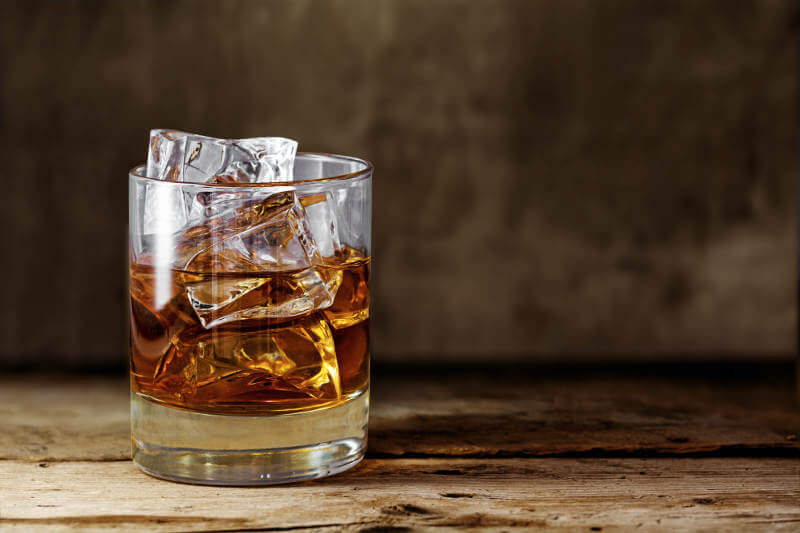Barrel Spotlight: One Mash Bill, Two Unique Paths
Welcome back to the Brindiamo Barrel Spotlight, our weekly email series highlighting the barrels, distilleries, and market dynamics shaping today’s...
Bourbon embodies the rich flavors of America. Crafted in the U.S., aged in American oak barrels, and rooted in the history of modern-day Kentucky.
From its inception in the late 1700s to the era of Prohibition, followed by a resurgence post-Prohibition and a temporary overshadowing by vodka, bourbon's journey through U.S. history has been characterized by ebbs and flows. The recent surge in the bourbon market has firmly established the beverage as a trend worth keeping an eye on - and indulging in.
Historians have differing opinions on the exact origins of bourbon, but many believe it was crafted in the late 1700s when Scottish and Scotch-Irish immigrants made their home in what is now Kentucky. The first commercial whiskey distillery emerged in Louisville in 1783.
What made bourbon truly special was its unique aging process in fresh charred oak barrels. The Lincoln County Process of 1825 further set apart Tennessee whiskey from Kentucky bourbon. As the mid-1800s approached, bourbon started to be carefully bottled and mingled from various barrels. The introduction of sour mash around that time added another layer of complexity – utilizing a portion of the bourbon mash from a previous batch to kickstart a new one.
By the early 1900s and leading up to Prohibition, Kentucky boasted an estimated 500 whiskey distilleries within its borders.
During the time of the Volstead Act in 1920, the once abundant bourbon distilleries saw a significant decrease to less than a dozen. For 13 years, bourbon took on an underground status.
During Prohibition, a handful of whiskey distilleries were granted government licenses to operate under the guise of medicinal production. Enthusiasts of bourbon took advantage of this loophole to "treat their ailments," leading to approximately 11 million prescriptions for a pint of spirits being written by physicians.
After the Twenty-first Amendment repealed Prohibition in 1933, the U.S. implemented a structured three-tier system: alcohol distillers had to sell their products to a distributor, who then supplied them to a retailer for sale to the customer.
The challenging times of the Great Depression significantly slowed down bourbon's recovery from Prohibition. Due to the scarcity of resources and the lengthy distilling process, it took quite some time for bourbon to mature and be enjoyed once again.
By the 1950s, around 100 distilleries thrived in Kentucky – a fraction of the pre-Prohibition numbers – yet bourbon enthusiasts were rediscovering their love for the spirit. Many savored bourbon over ice or in classic cocktails like the Old Fashioned or Manhattan. However, the rise of lighter spirits such as beer, gin, tequila, and vodka started to gain popularity. Surprisingly, vodka even surpassed bourbon and whiskey sales for the first time in 1973.
1783: Evan Williams opens the first commercial whiskey distillery in the city of Louisville. The Samuels family, whose bourbon is still produced today, also creates a “secret” recipe this year.
1785: Bourbon County, Kentucky, is established and named in honor of a French royal family that aided the colonies during the Revolutionary War.
1792: The state of Kentucky is established. The state was known for growing corn and other grains that are used in bourbon.
1821: Western Citizen – a Paris, Kentucky newspaper – prints the first-known bourbon advertisement.
1823: Dr. James C. Crow developed the sour mash technique, a process that revolutionizes the way most bourbons are made.
1840: Previously called Bourbon County whiskey or Old Bourbon County whiskey, the drink simply becomes known as “bourbon.”
1920: Congress passed the Volstead Act, also known as Prohibition, which forced most bourbon distilleries to close.
1933: After 13 years, Prohibition ends with the Twenty-first Amendment. Distillers begin rebuilding, but slowly, due to the Great Depression.
1950s: While it takes some time for the bourbon industry to rebound from Prohibition, there are approximately 100 Kentucky distilleries by the mid-1950s.
1963: Bourbon becomes the top-selling liquor in the U.S. The scope of its popularity at the time is evident by the production level. There are approximately 75 million gallons of bourbon, in total, among various brands.
1964: Congress declared bourbon whiskey as a “distinctive product of the United States” when it passed Resolution 57, which ensured that bourbon was made in America and protected against competition abroad.
1973: Vodka outsells whiskey and bourbon for the first time in America’s history.
1980s: Single-malt Scotches began to grow in popularity and sales, and bourbons followed suit. Single-barrel bourbons and small-batch bourbons make their debut.
2007: The United States Senate declares September is National Bourbon Heritage Month for the role bourbon has played in the country’s history.
During the 2010s, bourbon experienced a significant surge in popularity, partially due to its more budget-friendly prices. Varieties of bourbon infused with cherry, apple, cinnamon, and maple flavors were introduced, appealing to a younger audience. It's also interesting to mention that nowadays, every state in the U.S. - not just limited to Kentucky - produces its own bourbon, and in some cases, even more than one.
From 2009 to 2014, specifically, the demand for higher-end bourbon grew drastically, and distillers dubbed 2013 as the “golden age of Kentucky bourbon” when sales topped $1 billion for the first time. Foreign markets were increasingly buying U.S. bourbon, as well, as a result of new trade agreements and reduced tariffs.
In 2020, at the height of the COVID-19 pandemic, bourbon accounted for 40% of the whiskey subcategory sales and 14% of the total liquor sales. Other whiskey subcategories, and not even tequila, matched bourbon’s sales.
Additionally, bourbon is increasingly becoming popular among younger generations, with Millennials leading the way at 52%, followed by Gen X at 37%, Baby Boomers at 9%, and Gen Z at 3%.
Industry experts project bourbon will remain a trend and continue to be a key player. Learn more about mergers, acquisitions, and other strategies behind the bourbon industry with Brindiamo Group, LLC.

Welcome back to the Brindiamo Barrel Spotlight, our weekly email series highlighting the barrels, distilleries, and market dynamics shaping today’s...

The market for bourbon barrels is bifurcated. Over the course of the last 24 months, the conversation has shifted from how to find whiskey to how to...

Welcome to the Brindiamo Barrel Spotlight, our weekly series celebrating the barrels, distilleries, and market dynamics shaping today’s whiskey...
.png)
Did you know that the oldest whiskey is over 150 years old? While you likely won’t be able to find a bourbon that old on your own, finding the right...
.png)
Bourbon has seen a surge in popularity over the past decade, making it more accessible than ever before. But what exactly is bourbon? How can you...

The origins of Bourbon Whiskey may be a topic of debate, but one thing is clear - to be classified as Bourbon, the bulk spirit must be distilled in a...
.png)
Join the conversation
Leave a comment below.